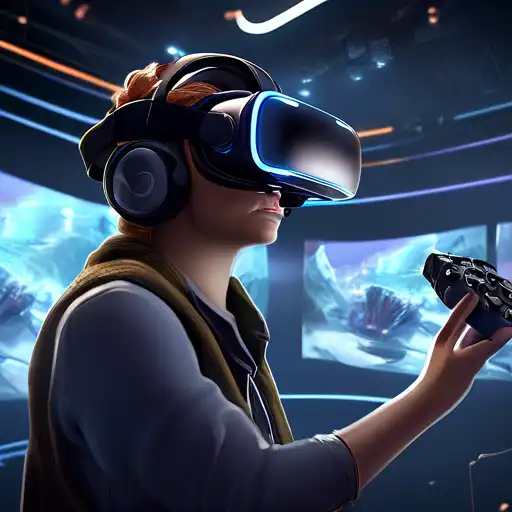Understanding the Complexities of VR Content Development
Virtual Reality (VR) has emerged as a groundbreaking technology, offering immersive experiences that were once the stuff of science fiction. However, developing content for VR presents a unique set of challenges that creators must navigate to deliver compelling and engaging experiences. This article explores the hurdles in VR content creation and offers insights into overcoming them.
Technical Limitations and Hardware Diversity
One of the primary challenges in VR content development is the technical limitations imposed by current hardware. VR requires high frame rates and resolutions to prevent motion sickness and ensure a smooth experience. Additionally, the diversity of VR hardware, from high-end PC-connected headsets to standalone mobile devices, means developers must optimize content for a wide range of specifications.
High Development Costs
Creating VR content is often more expensive than traditional media due to the need for specialized software, hardware, and skills. The cost of VR development tools and the time required to create immersive environments can be prohibitive for smaller studios and independent creators.
User Experience and Interaction Design
Designing intuitive user interfaces and interactions in a 3D space is another significant challenge. Unlike traditional screens, VR offers a 360-degree environment, requiring developers to rethink navigation, controls, and feedback mechanisms to enhance user engagement without causing discomfort.
Content Optimization for Performance
Ensuring that VR content runs smoothly across all platforms is crucial for user satisfaction. This involves optimizing 3D models, textures, and animations to maintain high performance without compromising visual quality, a balancing act that demands expertise and meticulous attention to detail.
Overcoming the Challenges
Despite these hurdles, the potential of VR is undeniable. By leveraging advanced development tools, adopting scalable production processes, and focusing on user-centered design, creators can overcome the obstacles and unlock the full potential of virtual reality. Collaboration across disciplines and continuous learning are key to pushing the boundaries of what's possible in VR content creation.
For those interested in exploring more about digital media innovations, check out our articles on emerging trends in digital media and the future of interactive content.
In conclusion, while developing VR content comes with its set of challenges, the opportunities it presents for storytelling, education, and entertainment are unparalleled. As technology advances and becomes more accessible, we can expect to see even more innovative and immersive VR experiences in the years to come.
